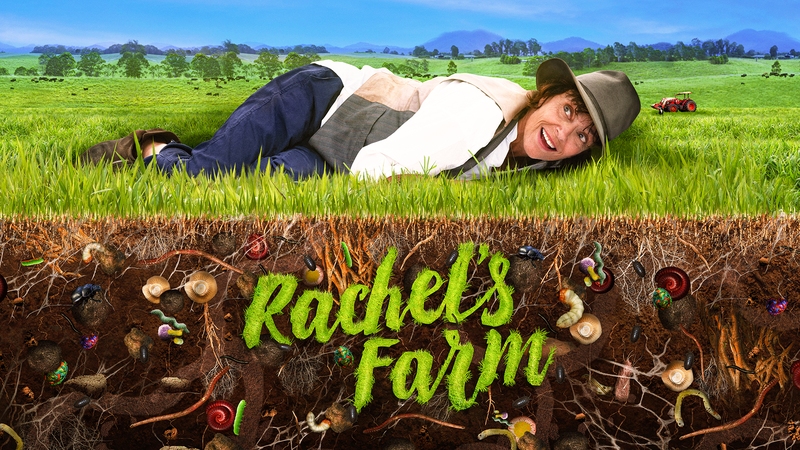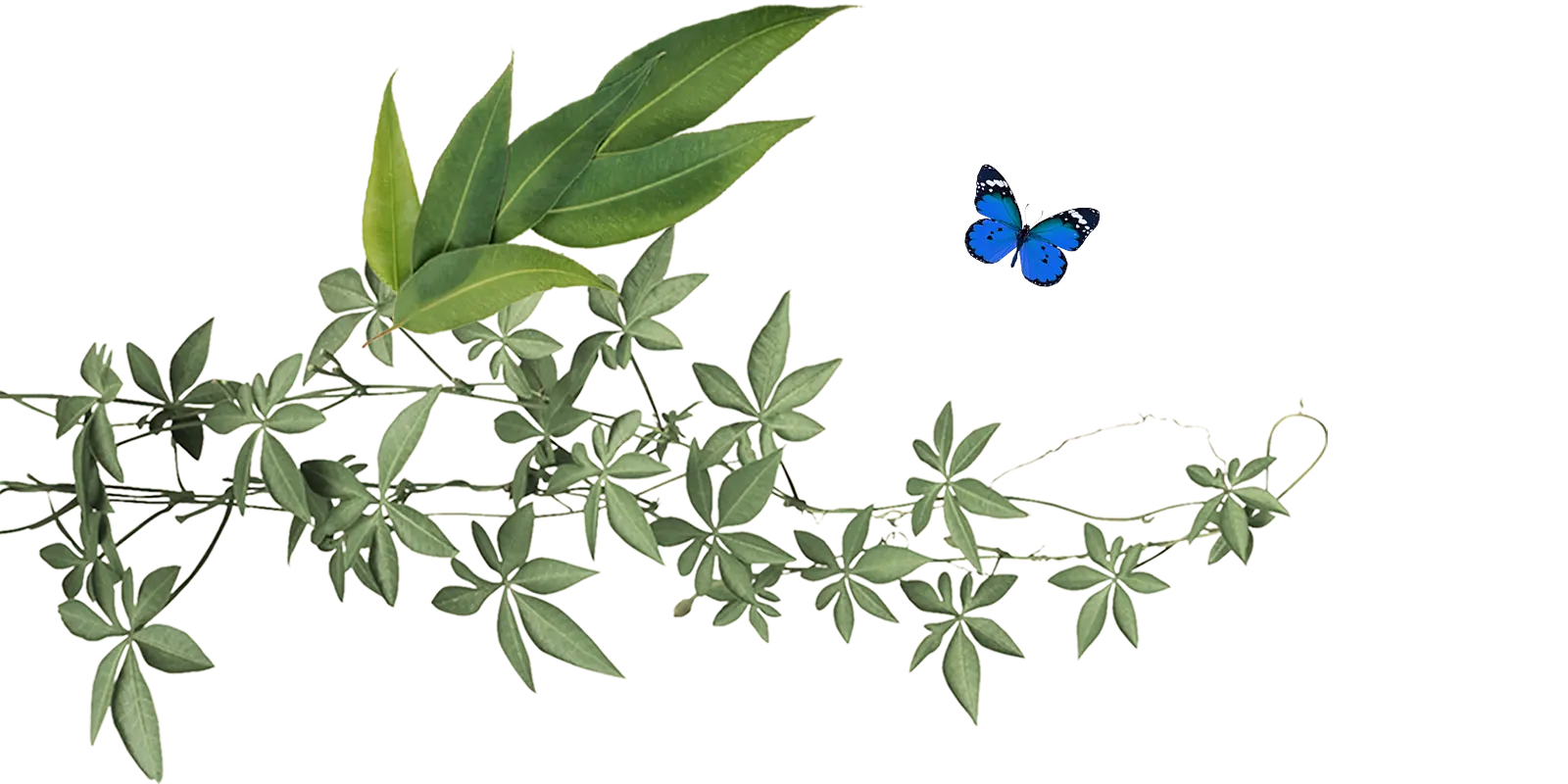Uncle Shane Mortimer is a Ngambri Elder and social scientist fighting for First Nations land rights, including establishing "Allodial Title" rights.
During filming for Rachel's Farm, Rachel Ward interviewed farmers and traditional custodians from across Australia - listening to their stories, insights, and exploring perspectives on regenerative agriculture and how our food is grown. Here is Uncle Shane's story.
Uncle Shane's Story
My name is Shane Mortimer, although people also refer to me by my Ngambri name Uncle Mingku which means grasstree or the skin name Jampijinpa, meaning father.
Ngambri Country aka Canberra connects to me through nine consecutive generations of Ngambri Women recorded by the Australian Government since colonisation of the area in 1820. James Ainslie arrived in the area driving sheep for the Campbell family in 1825, guided there by Nadya Ngambri who was given to Ainslie by neighbouring Wallabalooah People at Yass, who were frightened of Ainslie and his convict crew. Being white, they thought they were the spirits of dead people. The Wallabalooah referred to the sheep as “mudda” meaning ‘cloud’ in their Gundangara language. The Nyamudy language of the Ngambri People for sheep is “jumbuck” immortalised by A.B. Paterson who wrote Waltzing Matilda whilst living on Ngambri Country near Murrambatemen.
“Ngambri” in Nyamudy language means ‘cleavage’, the space between a woman’s breasts. Nadya-Mount Ainslie and Black Mountain are the breasts of the spirit woman in our Ngambri landscape. Her womb is ‘Capital Hill’ where Australia’s most iconic grass-covered building “Parliament House” is now located, covered in Kentucky bluegrass introduced from America. A sacred women’s site that the architect of Canberra, Marian Mahony, stated was not to be touched. When you know where to stand in the land you can see her full features looking east from Gunghalan. Ngambri Country is women’s business, your name and law are handed down from your mother. Mingku was the name of my 3xGreat-Grandmother, Ju.nin.mingku meaning ‘born by the grasstree’. Our neighbouring tribes, Gundangara, Yuin and Wiradjuri are all men’s business. This is fundamental to our totemic system of marriage and transmission of law. The continental common law of all First People across the entire continent is structured this way. It is a highly sophisticated system of communication that embraces music, dance and visual art, to transmit our law, so it communicates across over five hundred languages. Law of First People is not fairytales, as condescending colonials describe it as “lore”, as they did to the Irish.
Prior to the introduction of sheep in Canberra, the area was managed by my ancestors for decamillennial, as a highly productive, colourful grassy meadow with rivers and creeks hydrating the landscape, providing food in abundance. Sheep and attempts at monoculture turned the land into a cold and forbidding Luna landscape, a drought-prone dustbowl, in sixty years. Canberra consolidated a reputation for being cold and unfriendly with the introduction of Federation and Canberra being announced as the Capital of Australia in 1901.
As a Social Scientist with degrees in Counselling and Coaching, advocating for First People is paramount. In 2016 I asserted allodial title to all Ngambri land, including the Australian Capital Territory and I was awarded an interlocutory injunction to stop the sale of a block of land in the ACT called Caloola Farm. The academic paper I commissioned for the case was accepted by the Acting Chief Justice of the ACT and subsequently published in the British Crown’s own 2019 Commonwealth Law Bulletin. This established the case as the international legal precedent on the Allodial Title of First People. Subsequently, I was conferred a member of the Horasis Forum of World Leaders. The legal precedent and Forum broadened my outlook to realise that two-thirds of the world is governed by its First People, Africa, India, Indonesia, Nepal, Bhutan, Japan, China, Pacific Island Nations, Eastern Europe, the Arab States etc. These countries all seem to have their habitat somewhat intact. But not the colonised one-third of the world, America, Canada, Australia, South America etc.
Australia, as a result of the introduction of sheep and cattle, has destroyed over 488,000,000ha of native grasslands, like Canberra. Today, there is less than one per cent of unaltered native grassland in Australia. An almost total destruction of the native habitat with unparalleled extinguishment of flora and fauna species, the result of colonisation. The blueprint for colonisation calls for “decimation” – the destruction of ninety per cent of everything indigenous to the land, including the people, leaving only ten per cent to manage, hence ‘deca’-mation. Ethnic-anglo domination took this rule to extremes; by 1888 the population of First People had been reduced to 59,603 people in total, according to the census at the centenary of colonisation, published in the Annotated Constitution of the Australian Commonwealth (Quick & Garran, 1901). Out of this adversity, there is opportunity. Genocide and colonisation today are declared as crimes against humanity by the United Nations.
Regenerative Agriculture is top of the agenda of tertiary institutions, for example, the Australian National University’s Fenna Conference, the pre-eminent science conference of Australia, themed its 2022 conference as such. Innovative alternatives such as taking the cattle off the meadows and embracing vertical farming of mycelium to produce vegan mycelium leather are being embraced by leading manufacturers such as Rolls Royce and Hermès and look promising. However, on a more urgent front, a five per cent increase in soil organic matter of the perennial native grasslands of Australia will take more CO2 (carbon) out of the atmosphere than the entire planet has emitted since the industrial revolution. This can be achieved by First People establishing a carbon price and generating investment from big polluting countries. The native perennial grasses sequester CO2 and a layer of fresh water into the surface soil, which reverses salinity by forcing the salt table down.
The spiritual connection to country of First People is a practical virtue, look after the country and the country will look after you with abundance. Mono-cultures simply do not work and are expensive in every sense. Colonials did not take the time to ask how it was that the landscape at every turn was like a “gentleman’s estate”. Gammage’s Prime Minister’s Literary Award-winning book The Biggest Estate on Earth (2011) recalls comments from artists, who accompanied early explorers, that the landscape across the entire continent had a beauty akin to that of a gentleman’s estate. Ethnic people arriving to our lands with their European farming methods were out of kilter with this ancient and delicate land, being geologically the oldest land mass on earth. They did not recognise the farming methods of First People as being farming. Nor that First People embrace fire as a tool of farming, a tool that Europeans fear. They did not relate to the native species that require fire to germinate seed, but not just any fire, a cool fire. The whole notion of fire to Europeans is anathema. They did not embrace native grasses for their food properties. The Microlaena Stipoides, our weeping rice grass, has one of the highest protein grass seeds on earth and is ideal for bread making - a dry-country replacement for wheat and rice. It’s a perennial grass, grown in rainfalls as low as 500mm p.a., and sequesters fresh water and carbon. You plant it once and it regenerates itself. Such is the loss to closed-minded colonials that persists to this day.
If First People spent more than a day per week farming, that would be about it. Much more attractive than sun-up to sun-down. Embracing the ancient wisdom of First People — caring for country agricultural practices, use of fire for economic food production, carbon and water conservation – provides a massive future built on the examples of the past and experience developed since the first sunrise. Farmers embracing sustainable agricultural practices will be wise to consider examples of ecologically, sustainable approaches to food production of First People in their region, by talking to the people who best know the land.
The Mulloon Institute in my Nyamudy language area in regional New South Wales is an opportunity for all farmers to learn the art of sustainable agriculture and network with other farmers, meet amazing practitioners and future thinkers in all things agricultural.
This story was produced as part of the Rachel's Farm impact campaign. See the film and find more resources about regenerative farming and eating here.

Collective responses

Create a regenerative and secure food future
This response highlights the various ways we can put healthy, locally grown produce at the heart of our food system once again.


